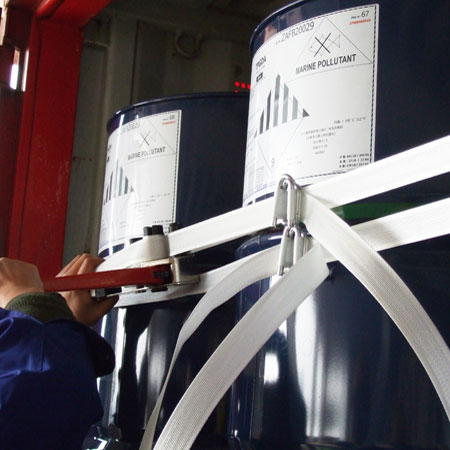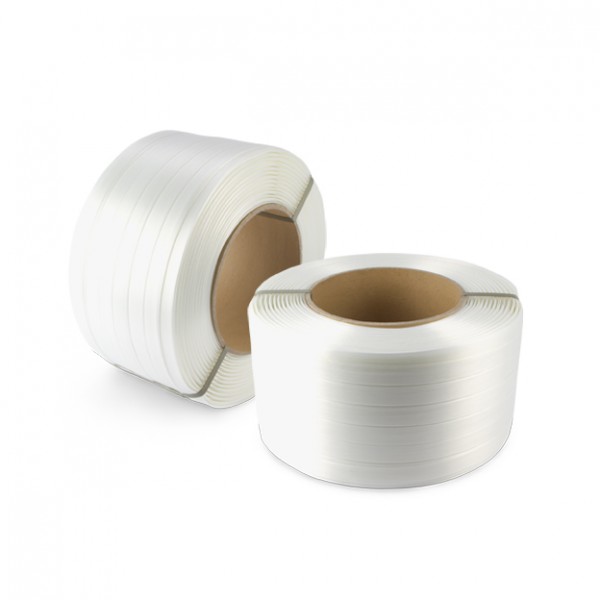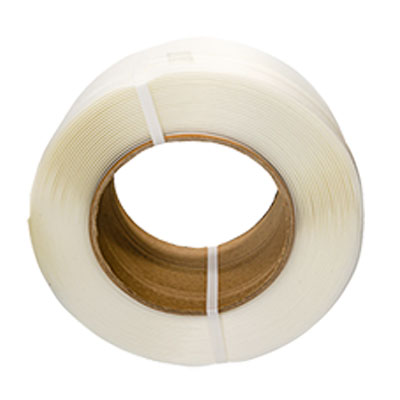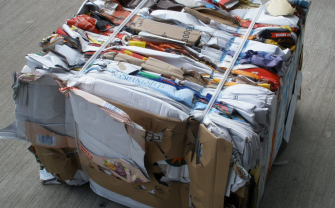Shipping goods overseas can be a daunting task, especially when it comes to protecting them from moisture damage during transit. Moisture can cause a range of problems, including mold growth, corrosion, and degradation of packaging materials. Container desiccant is an effective solution for moisture control in shipping, providing a simple and cost-effective way to protect goods from moisture damage.
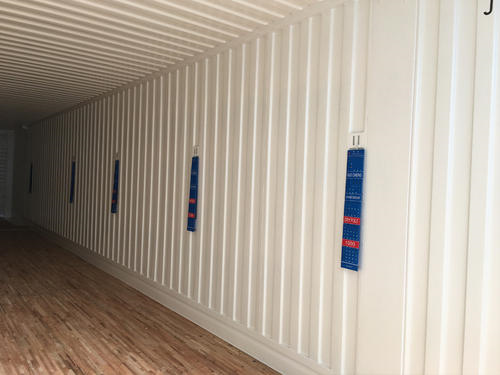

Container desiccant is a moisture-absorbing material that is placed inside shipping containers to control humidity levels. It works by adsorbing moisture from the air inside the container, preventing it from condensing on the surfaces of goods and packaging materials. The most common types of container desiccants are silica gel, clay, and calcium chloride.
Silica gel is a popular choice for container desiccant due to its high moisture-absorbing capacity and low cost. It is made from silicon dioxide and is available in different forms, including beads, granules, and powder. Silica gel is non-toxic, odorless, and can absorb up to 40% of its weight in moisture, making it an effective solution for moisture control in shipping.
Clay desiccants are another option for container moisture control. They are made from natural clay materials and are available in different sizes and shapes. Clay desiccants have a lower moisture-absorbing capacity than silica gel but are still effective in controlling humidity levels in shipping containers.
Calcium chloride desiccants are the most effective type of container desiccant, with a moisture-absorbing capacity of up to 300% of their weight. They are made from calcium chloride and are available in different forms, including pellets and powder. Calcium chloride desiccants are more expensive than silica gel and clay but are ideal for shipping goods that are highly sensitive to moisture.
Container desiccants are easy to use and can be placed inside shipping containers before loading goods. They are available in different sizes and shapes to fit different container sizes and can be secured to the walls or floors of the container using adhesive or clips. Desiccants should be evenly distributed inside the container to ensure effective moisture control
Using container desiccants can provide several benefits for shipping companies and customers. Firstly, it can prevent moisture damage to goods, reducing the risk of product loss and damage claims. Secondly, it can improve the quality of goods by preserving their appearance, texture, and taste. Thirdly, it can reduce the need for costly packaging materials and can help companies meet sustainability goals by reducing waste.
In conclusion, container desiccant is an effective solution for moisture control in shipping. It provides a simple and cost-effective way to protect goods from moisture damage during transit, improving product quality and reducing the risk of product loss. Silica gel, clay, and calcium chloride are the most common types of container desiccants, each with their own advantages and disadvantages. By using container desiccants, shipping companies can ensure that their customers receive high-quality goods that are free from moisture damage.
BSTSTRAP
Address:No.30 building, Wuxing High-tech Venture Park
Huzhou City, Zhejiang Province,China
Whatsapp:+86 13655829149
Monday to Saturday 9 am to 5 pm
E-mail:Rose@bststrap.com
Send us your enquiry anytime
